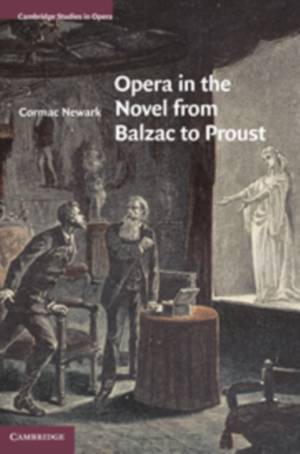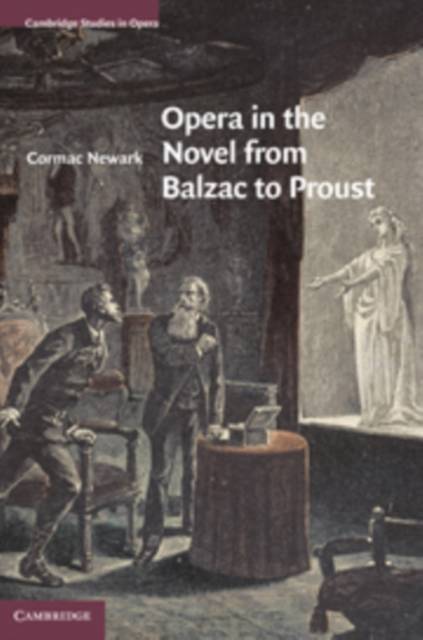
- Afhalen na 1 uur in een winkel met voorraad
- Gratis thuislevering in België vanaf € 30
- Ruim aanbod met 7 miljoen producten
- Afhalen na 1 uur in een winkel met voorraad
- Gratis thuislevering in België vanaf € 30
- Ruim aanbod met 7 miljoen producten
Zoeken
Omschrijving
The turning point of Madame Bovary, which Flaubert memorably set at the opera, is only the most famous example of a surprisingly long tradition, one common to a range of French literary styles and sub-genres. In the first book-length study of that tradition to appear in English, Cormac Newark examines representations of operatic performance from Balzac's La Comédie humaine to Proust's À la recherche du temps perdu, by way of (among others) Dumas père's Le Comte de Monte-Cristo and Leroux's Le Fantôme de l'Opéra. Attentive to textual and musical detail alike in the works, the study also delves deep into their reception contexts. The result is a compelling cultural-historical account: of changing ways of making sense of operatic experience from the 1820s to the 1920s, and of a perennial writerly fascination with the recording of that experience.
Specificaties
Betrokkenen
- Auteur(s):
- Uitgeverij:
Inhoud
- Aantal bladzijden:
- 298
- Taal:
- Engels
- Reeks:
Eigenschappen
- Productcode (EAN):
- 9780521118903
- Verschijningsdatum:
- 31/03/2011
- Uitvoering:
- Hardcover
- Formaat:
- Ongenaaid / garenloos gebonden
- Afmetingen:
- 152 mm x 229 mm
- Gewicht:
- 612 g

Alleen bij Standaard Boekhandel
+ 369 punten op je klantenkaart van Standaard Boekhandel
Beoordelingen
We publiceren alleen reviews die voldoen aan de voorwaarden voor reviews. Bekijk onze voorwaarden voor reviews.








